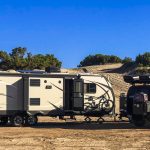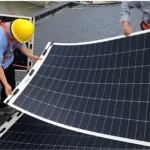Table of Contents
Flexible solar panels are solar panels that can be bent and adapted to different shapes, which can provide clean, renewable energy for cars, reduce carbon emissions, and save on fuel costs. But how do you install flexible solar panels for car roofs? This requires attention to the following steps:
Choosing The Right Flexible Solar Panel for Car Roof
Flexible solar panels come in different types, sizes, and prices, and are generally classified as monocrystalline silicon, polycrystalline silicon, and thin film. Among them, monocrystalline silicon and polycrystalline silicon are more efficient but also heavier and more expensive; the thin film is less efficient but also lighter and cheaper. There are also new flexible solar panels, such as transparent panels and translucent panels, which can better match the color and style of the car.
When choosing flexible solar panels, the area of the car roof, its load-bearing capacity, and aesthetics need to be considered. Generally speaking, the area of a car roof is around 1-2 square meters and the weight-bearing capacity is around 50-100 kg. Therefore, it is necessary to choose the appropriate flexible solar panel specifications so that it can cover enough area without exceeding the load-bearing limit of the car roof. Also, the color and style of the flexible solar panel need to be considered so that it coordinates with the overall style of the car.
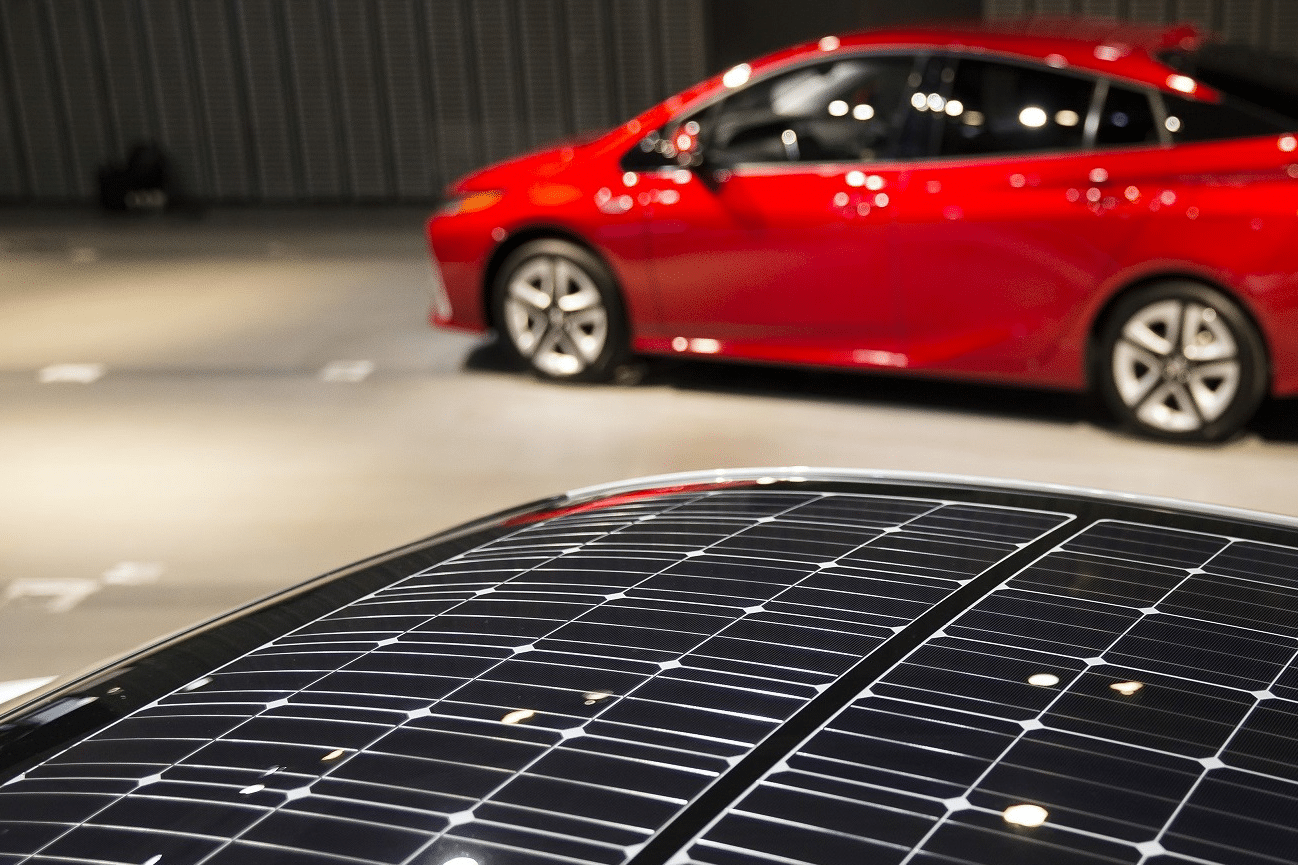
Why You Should Consider Using Flexible Solar Panels on Your Car Roof
Flexible solar panels offer distinct advantages for Car roofs. Here are some factors to consider:
Maximizing Available Surface Area with Flexible Solar Panels
Flexible solar panels allow you to maximize the surface area of your car roof to generate more power. Their flexibility enables you to install them on curved roofs and other irregular surfaces where rigid photovoltaic arrays cannot be mounted. Many people combine flexible, portable, or rigid solar panels with off-grid RV power solutions, such as Sungold power kits. With modular power kits, you can customize your setup to meet your energy needs.
Easy Installation of Flexible Solar Panels
Due to their lightweight and flexible design, flexible panels are easier to install. Unlike large and heavy rigid panels that require additional hardware, flexible panels only need industrial silicone adhesive or high-strength VHB tape for attachment.
Seamless Integration of Flexible Solar Panels with Other Types of Solar Panels
Combining flexible panels with rigid portable panels can cover all your energy needs during off-grid stays. Additionally, interconnecting all photovoltaic panels is a simple process that you can do yourself.
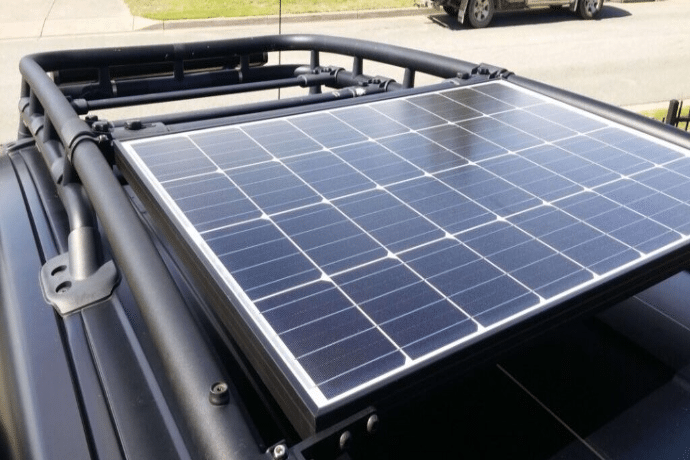
Installing Flexible Solar Panels for Car Roofs
There are two common ways to install flexible solar panels for car roofs: one is to use backing or double-sided adhesive to directly attach to the car roof; the other is to use brackets or rails to fix to the car roof. The direct adhesive method is simpler and tighter, but also increases the height and wind resistance of the car roof; the use of brackets or rails for fixing is more flexible and adjustable, but also increases the weight and complexity of the car roof. When installing flexible solar panels, the following points need to be considered:
- Cleaning the surface of the car roof to remove dirt, oil, and other debris;
- Measuring the size and shape of the car roof to determine the position and angle of the flexible solar panels;
- Preparing tools such as backing tape, double-sided tape, brackets, rails, etc., according to the chosen mounting method;
- Affixing or fixing the flexible solar panel to the car roof in the predetermined position and angle;
- Check that the flexible solar panel is completely affixed or fixed to the car roof without gaps or looseness.
Attaching The Flexible Solar Panels for Car Roof
There are two common ways to connect flexible solar panels: one is to convert DC power to AC power through the controller and inverter and connect it to the car’s cigarette lighter socket or another AC socket; the other is to charge DC power into the car’s battery through the controller and charger and provide DC power to the car through the battery. When connecting flexible solar panels, the following points need to be considered:
- Selecting suitable controllers, inverters, chargers, and other equipment to match the power, voltage, current, and other parameters of the flexible solar panel;
- Using special cables, plugs, switches, and other connections to ensure a firm, safe and reliable connection;
- Correctly connecting the flexible solar panel to the controller, inverter, charger, and other equipment by following the principles of positive and negative, series and parallel connection;
- Check that the connection is correct and free from short circuits, leakage, etc.
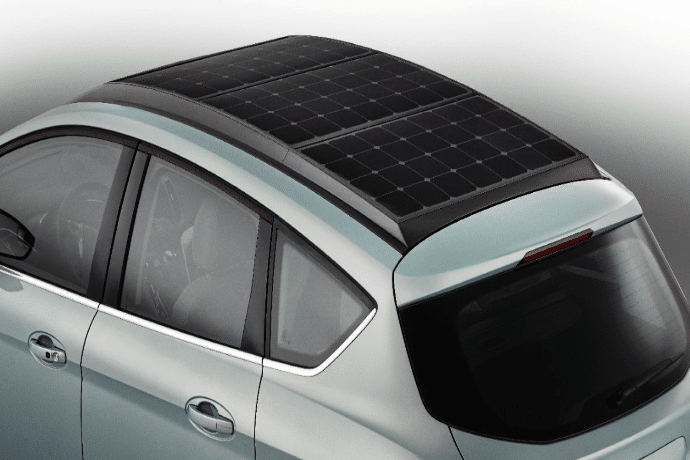
Use And Maintenance of Flexible Solar Panels
The following points need to be noted for using and maintaining flexible solar panels:
- Checking regularly that the flexible solar panels are intact, clean dust-free, and firmly connected;
- Adjusting the angle and position of the flexible solar panel according to the weather conditions;
- Avoiding dislodging or damaging the flexible solar panel while driving or braking at high speed;
- avoiding the use of flexible solar panels in thunderstorms or electrostatic environments;
- avoiding prolonged exposure to flexible solar panels in high or low-temperature environments;
- Avoid touching flexible solar panels with high voltage or high temperature in case of fire or accident.
Final thoughts
In conclusion, installing flexible solar panels for car roof is a convenient and environmentally friendly practice, but it is also necessary to choose the right flexible solar panels according to the specific situation and pay attention to the installation, connection, use, and maintenance problems that may arise. If you would like to learn more about flexible solar panels or other clean energy options, please visit Sungold.
Frequently asked questions
Q: Do you need an air gap for flexible solar panels?
A:Do You Need an Air Gap for Flexible Solar Panels? Yes, when installing bendable renewable energy encasements, you should include an air gap of some kind to prevent your panels from overheating, becoming less efficient, and not lasting as long
Q: Why not put solar panels on the roof of the car?
A: These solar panels don’t have enough energy to power a car. So far, they have only been used to power some household devices. While the solar panels on the roof of the car are temporarily unable to fully charge the battery, and some backup power is sometimes made as a basic source of starting power, solar electricity from other sources is an excellent way to fuel electric vehicles.
Q: What are the disadvantages of flexible solar panels?
A: The lack of space between the flexible solar panels and the roof means that excess heat can build up, damaging the panels and shortening their lifespan. Overheating photovoltaic cells may lose 10-25% of their rated output, making them less efficient, of course, you do not have to worry, there are already technologies to solve this, packaging materials and diode monolithic control have greatly solved this problem




